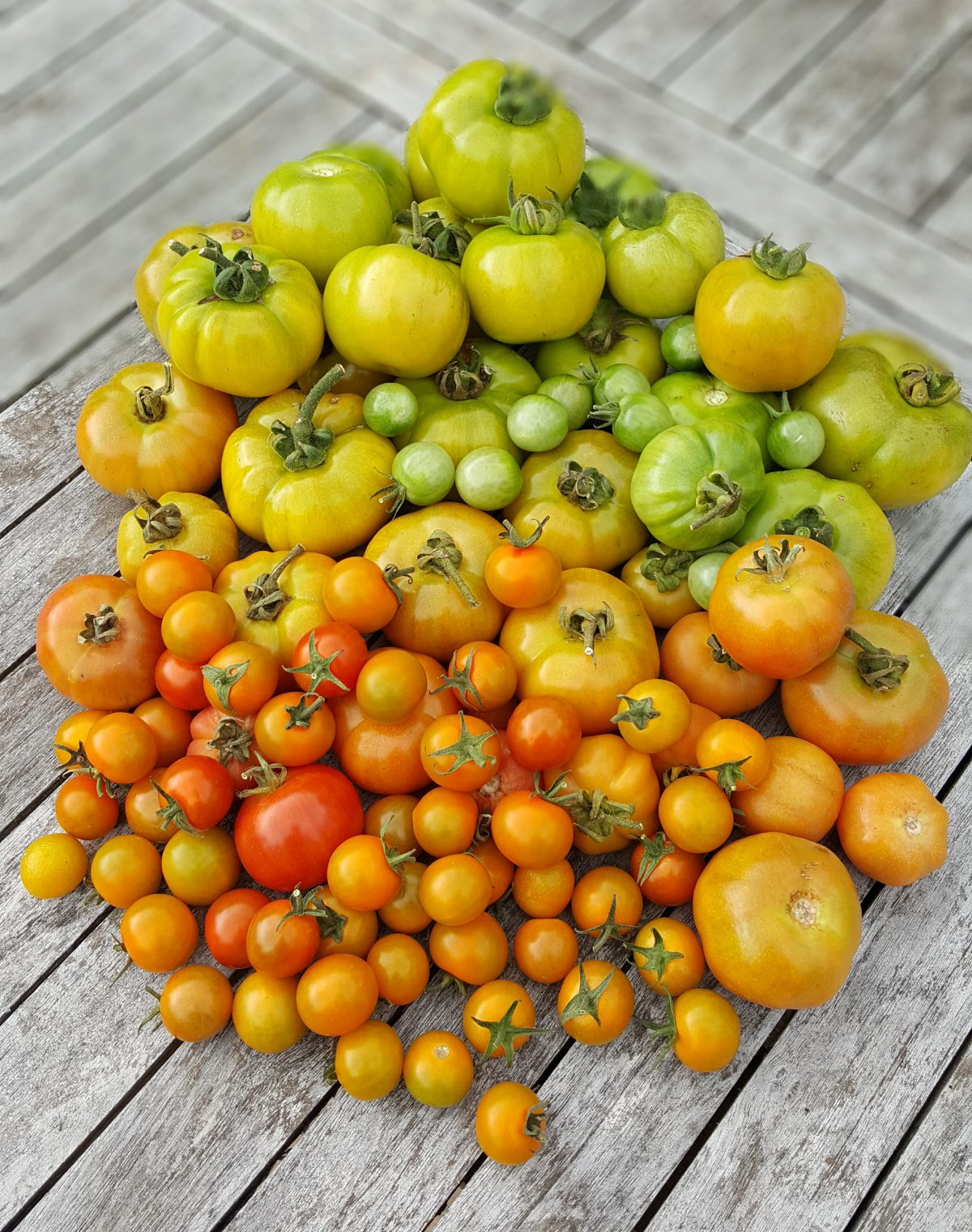Accessible and inclusive music notation
What do you do when you have time on your hands and a glut of tomatoes? Make a tomato graphic score, of course!
Last summer during the 2020 Covid pandemic, my little veg patch produced an abundance of 3 different varieties of tomatoes, little Sungold cherry tomatoes, big fat Mallorcan ones, and some random ones which self-seeded from previous years’ crops.
I laid the semi-ripe tomatoes out in the sun to hasten ripening and amused myself making little impromptu graphic scores. Musical doodling using fruit.
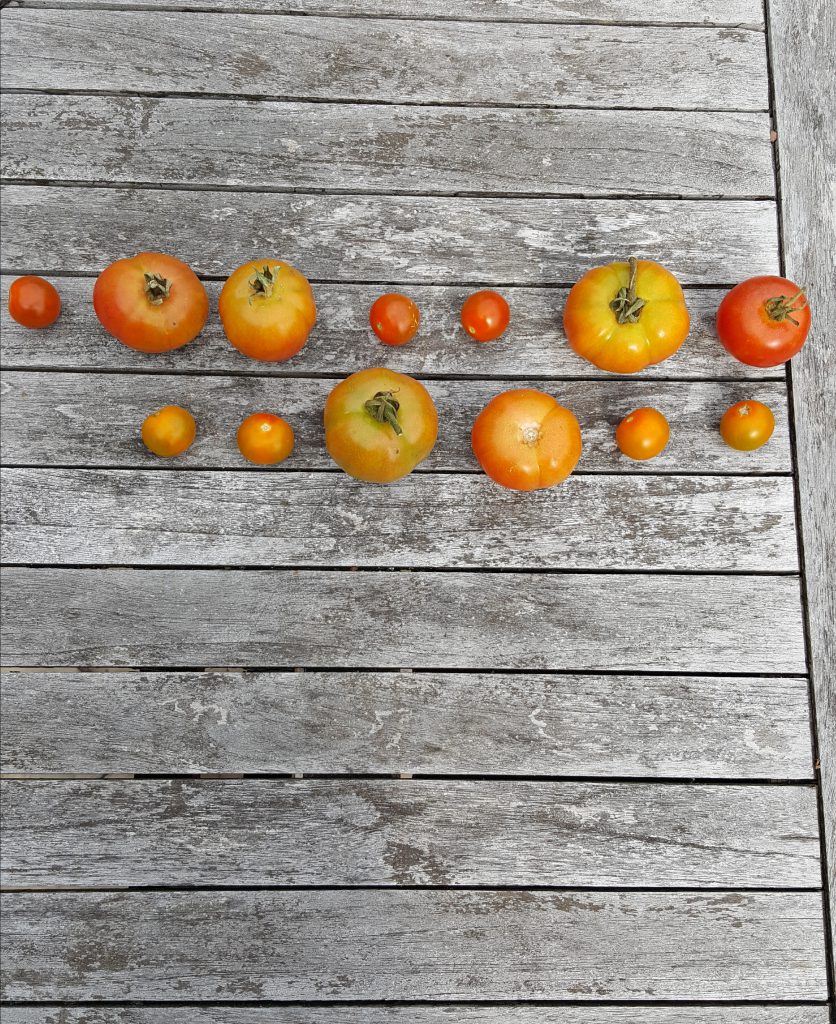
Polyphony – multiple layers of sound, with a pattern of loud and quiet sounds. 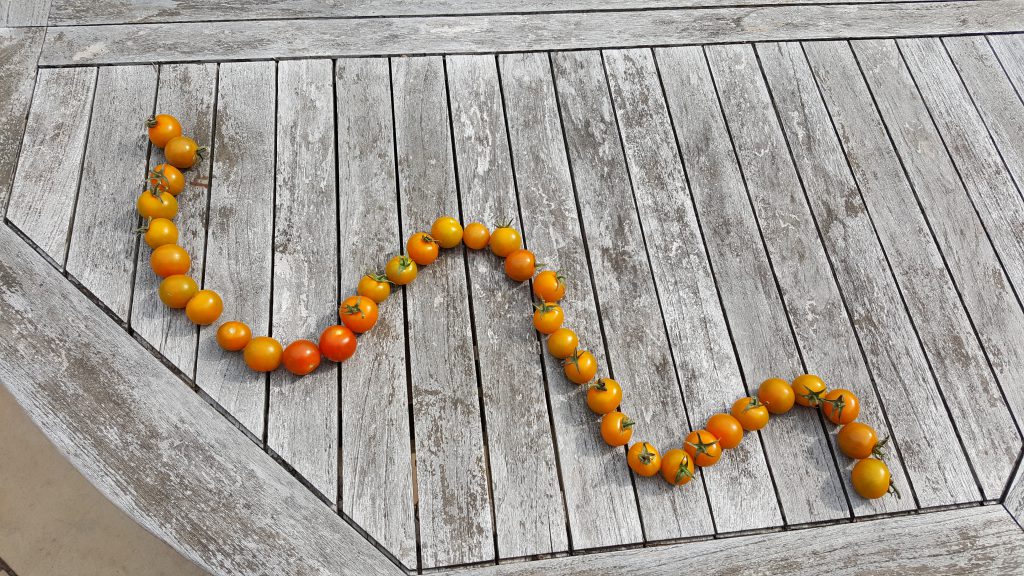
Pitch – highs and lows 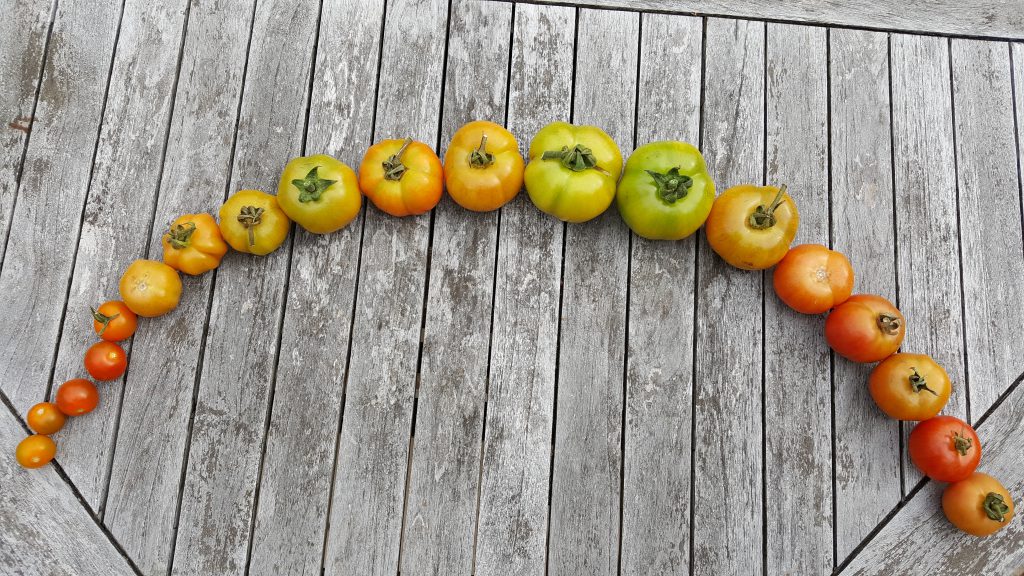
Crescendo and Diminuendo – sound gradually getting louder, then quieter
Graphic scores are a way of ‘writing down’ sounds .
They are a very accessible, creative and intuitive way to record and share ideas about sound: a non-conventional form of music notation. Different musical meanings can be assigned to shapes, colours, and lines or simply left to the interpretation of the player.
You can use anything to create graphic scores. I have tried sand (real, kinetic, edible), cardboard, bottle caps, vegetables, sticks and stones, leaves, flowers, pasta shapes, shells, even scrunched up balls of paper.
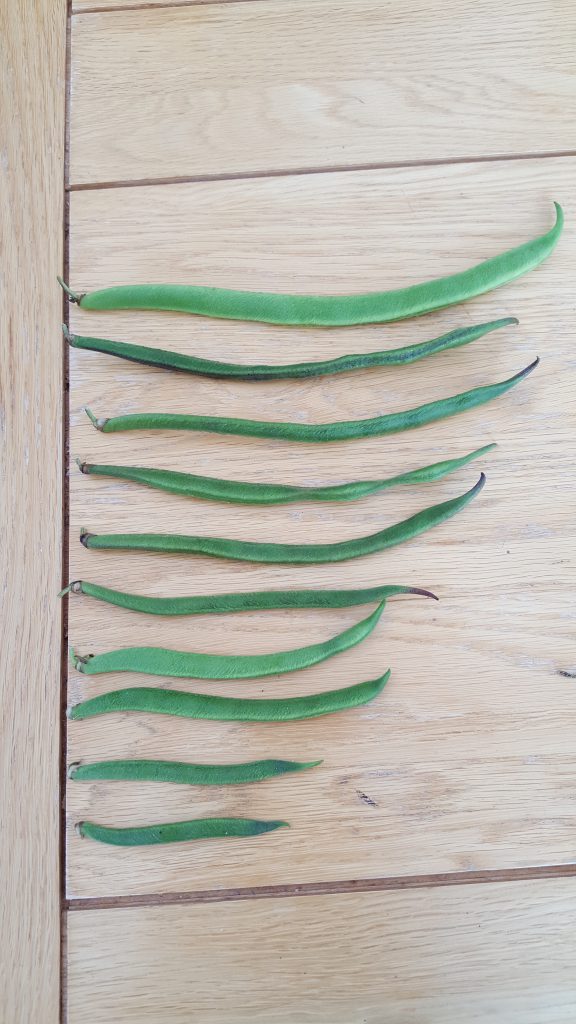
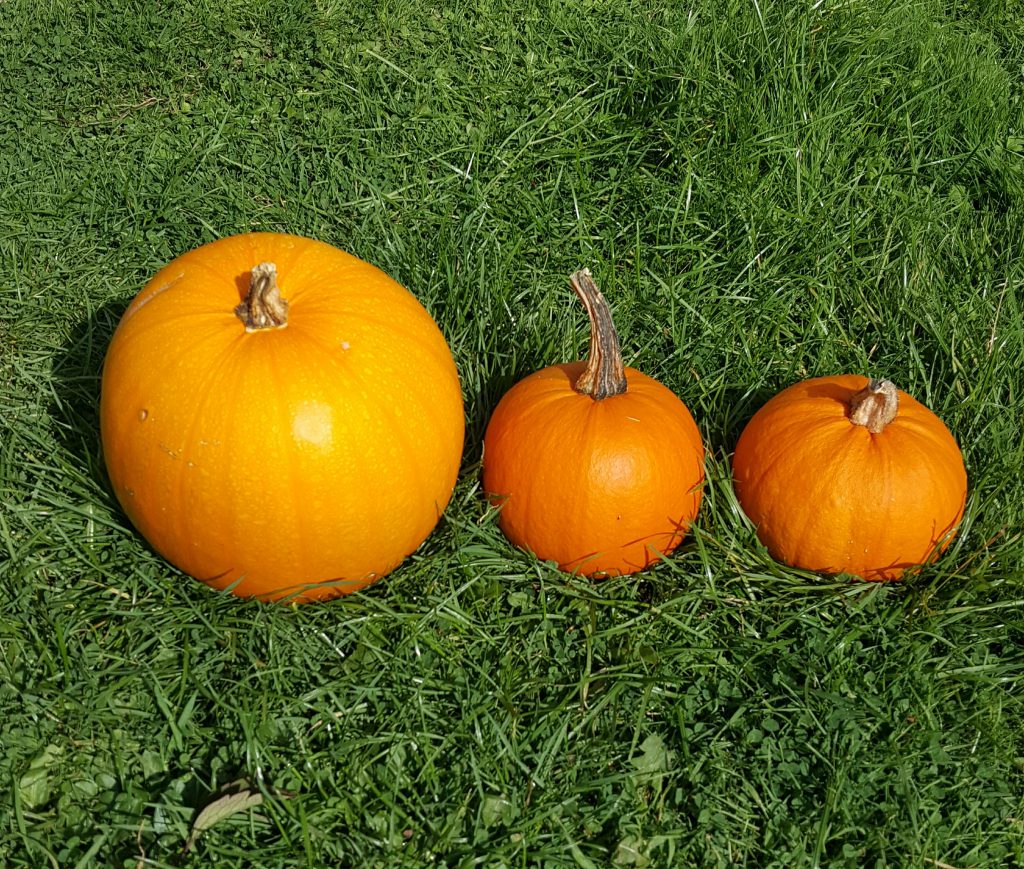
Graphic scores are very useful to children with special needs because we can tailor a graphic score to meet the needs of that individual. You can make ones which can be contained within reach for people with restricted mobility or spread out over a wide area to promote movement for those who crave kinaesthetic input. Those who find deep pressure calming may like graphic scores made out of playdough which they can knead and form into shapes.
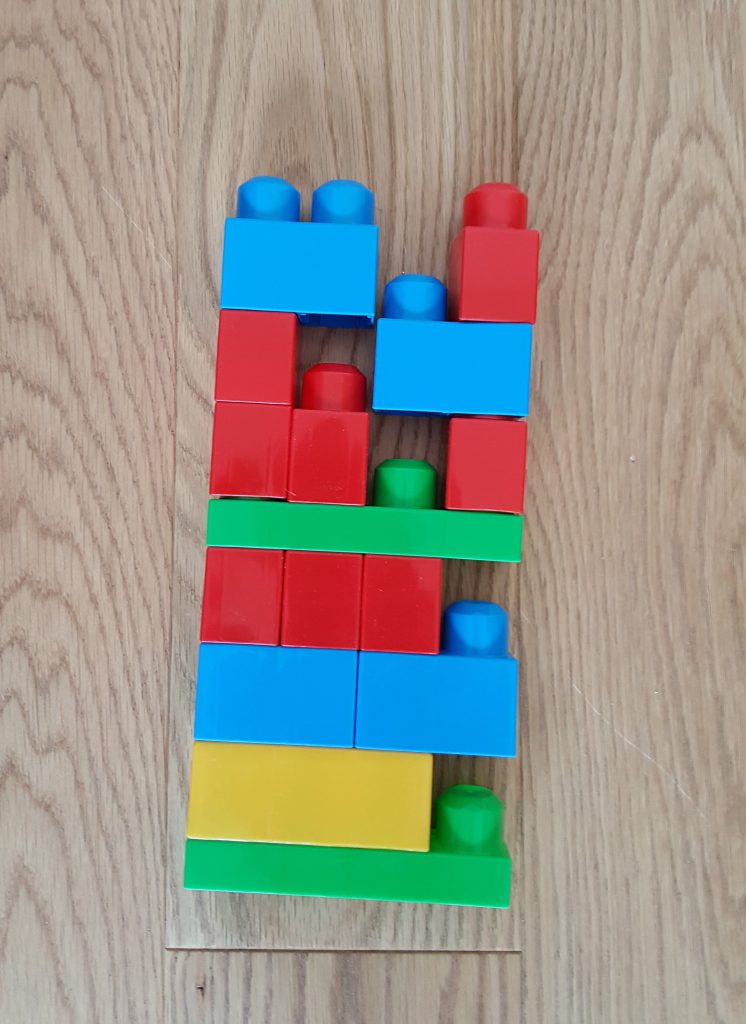
It allows children who have limited mobility, are non-verbal / speech-delayed / pre-literate to express and share their ideas about sound and music. Visually-impaired learners are able to feel textures in 3D graphic scores and ‘read’ musical ideas much like they do with Braille text.
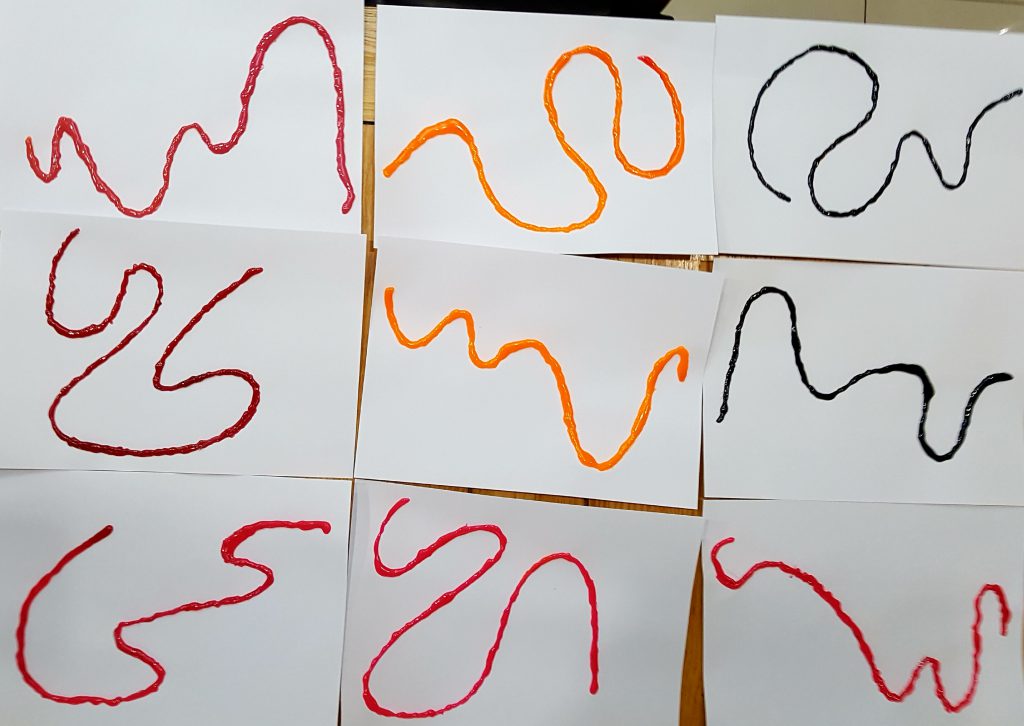
Although they are primarily visual and/or tactile, enticing possibilities are there to develop associations with scent or taste as part of a more multi-sensory experience. For example:
a spiral shape + lemon scent = fast music (whirlwind)
a blobby shape + cinnamon = slow, chilled-out music
I can just feel a baking session coming on… flavoured cookie dough for making edible graphic scores, anyone?

